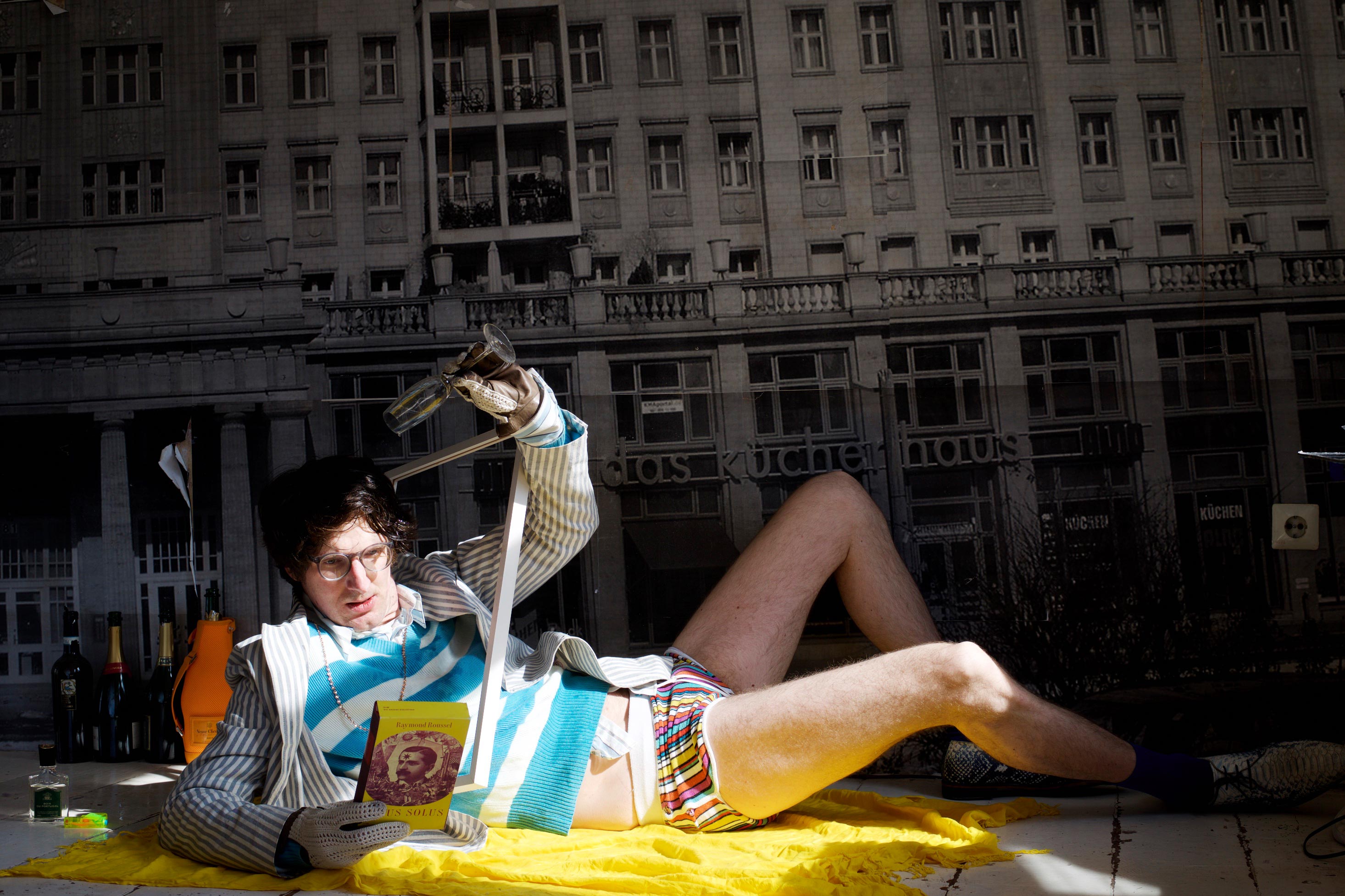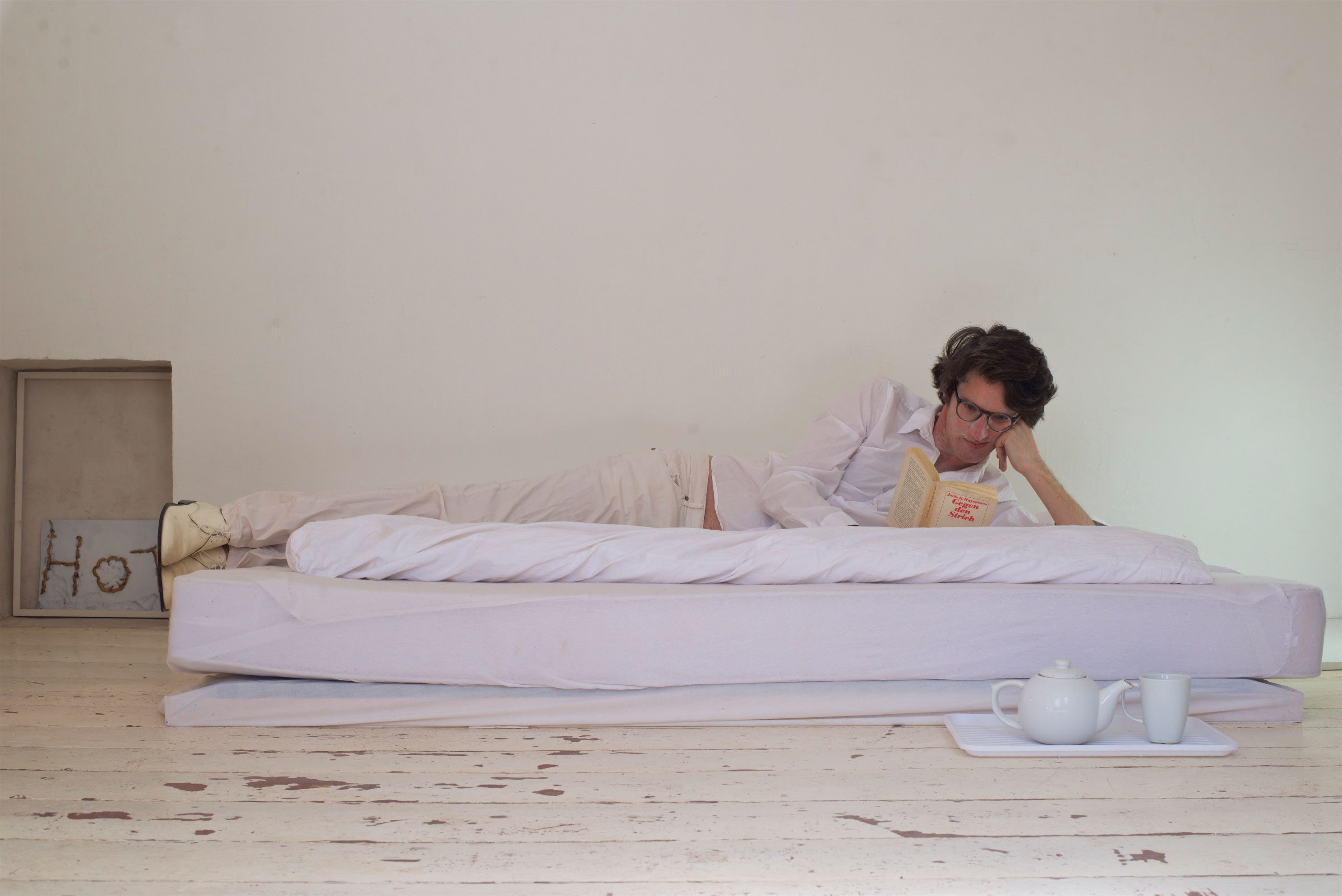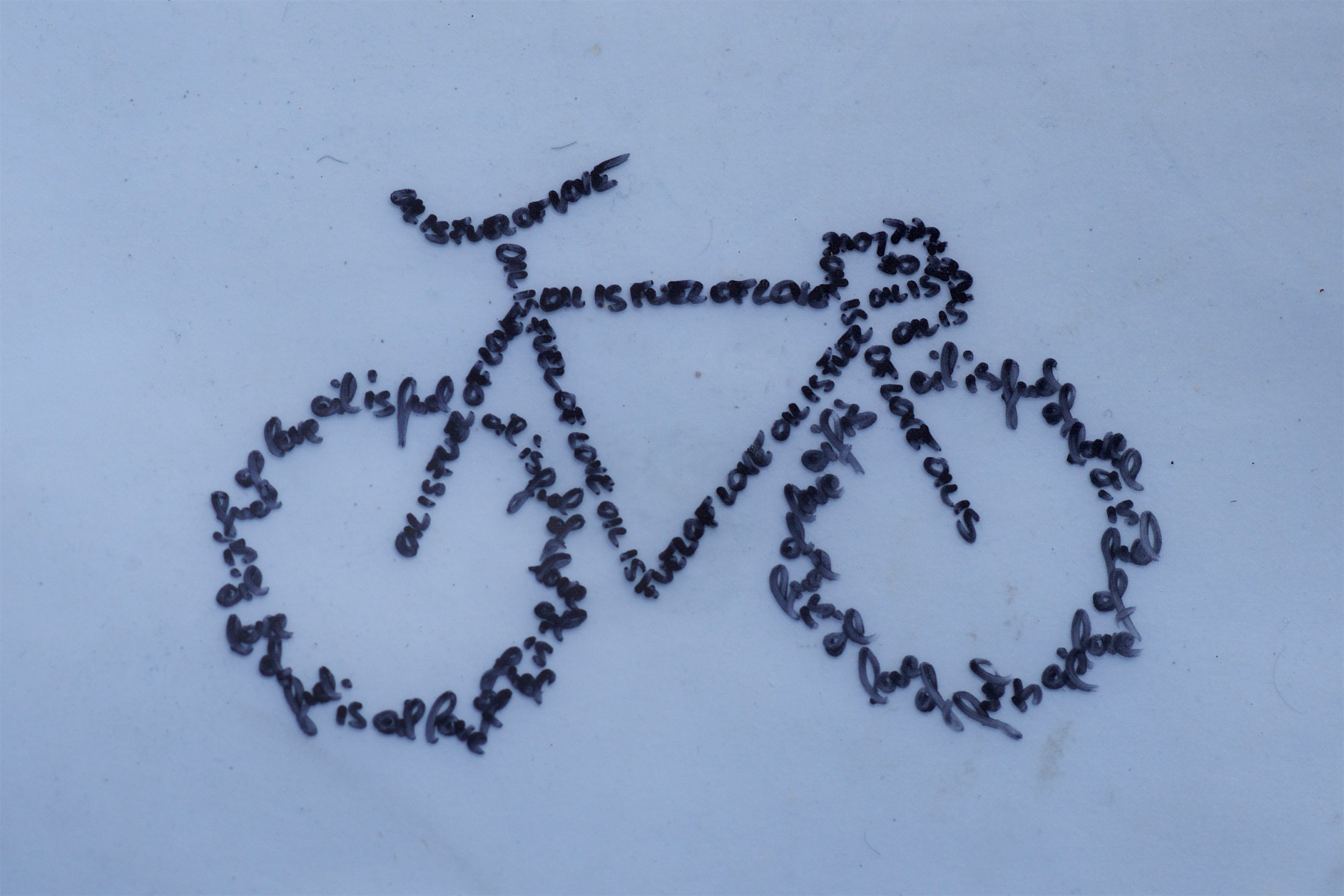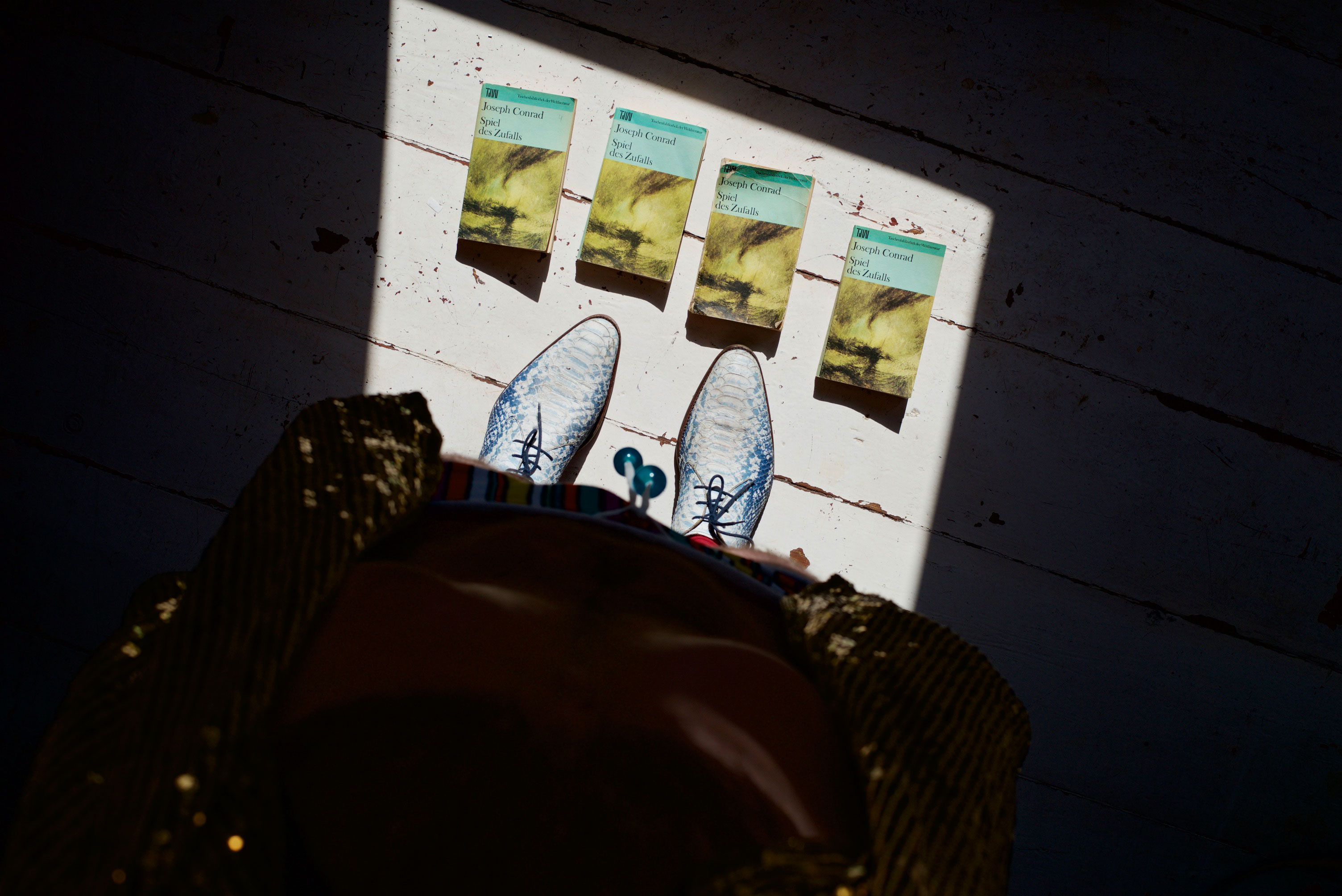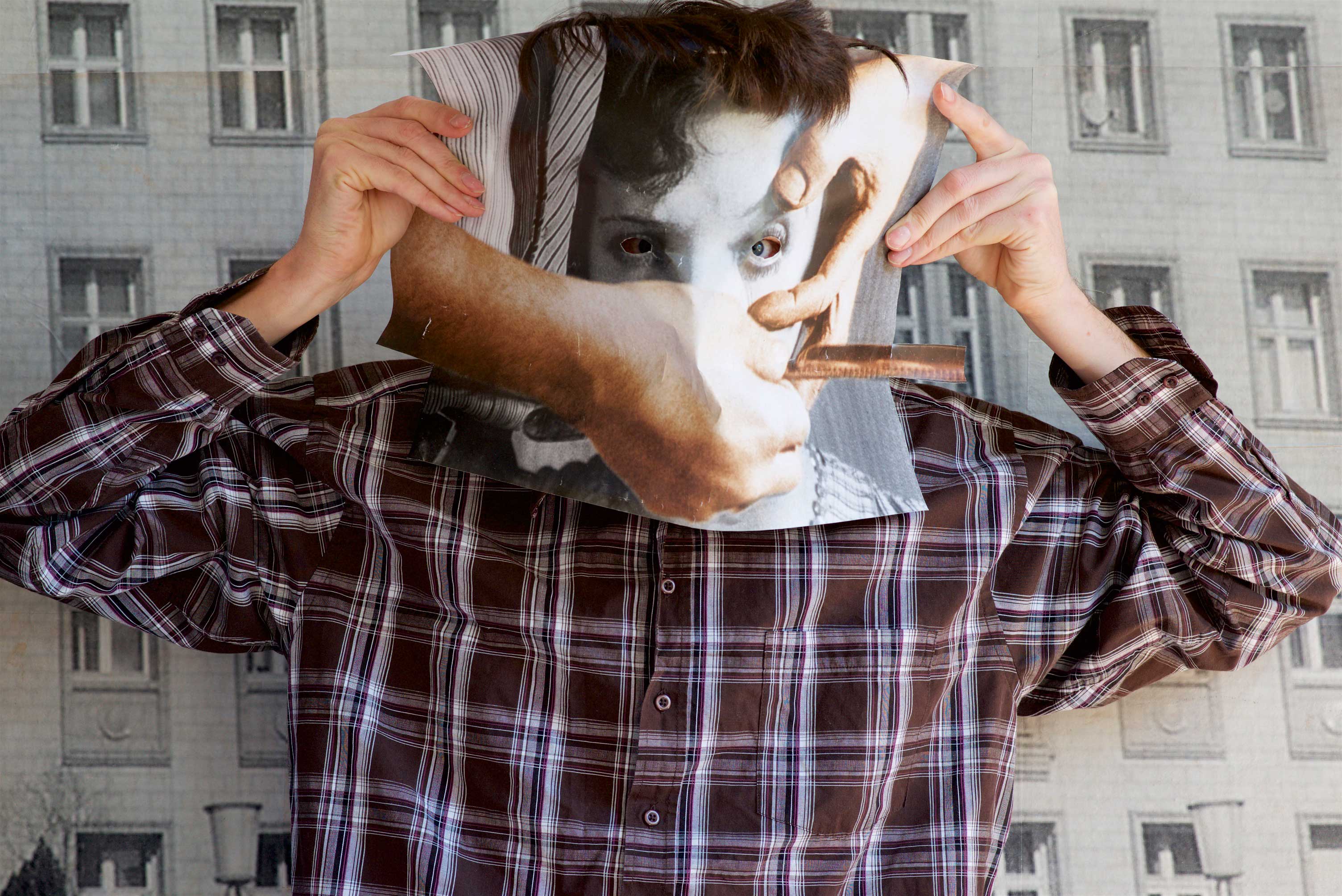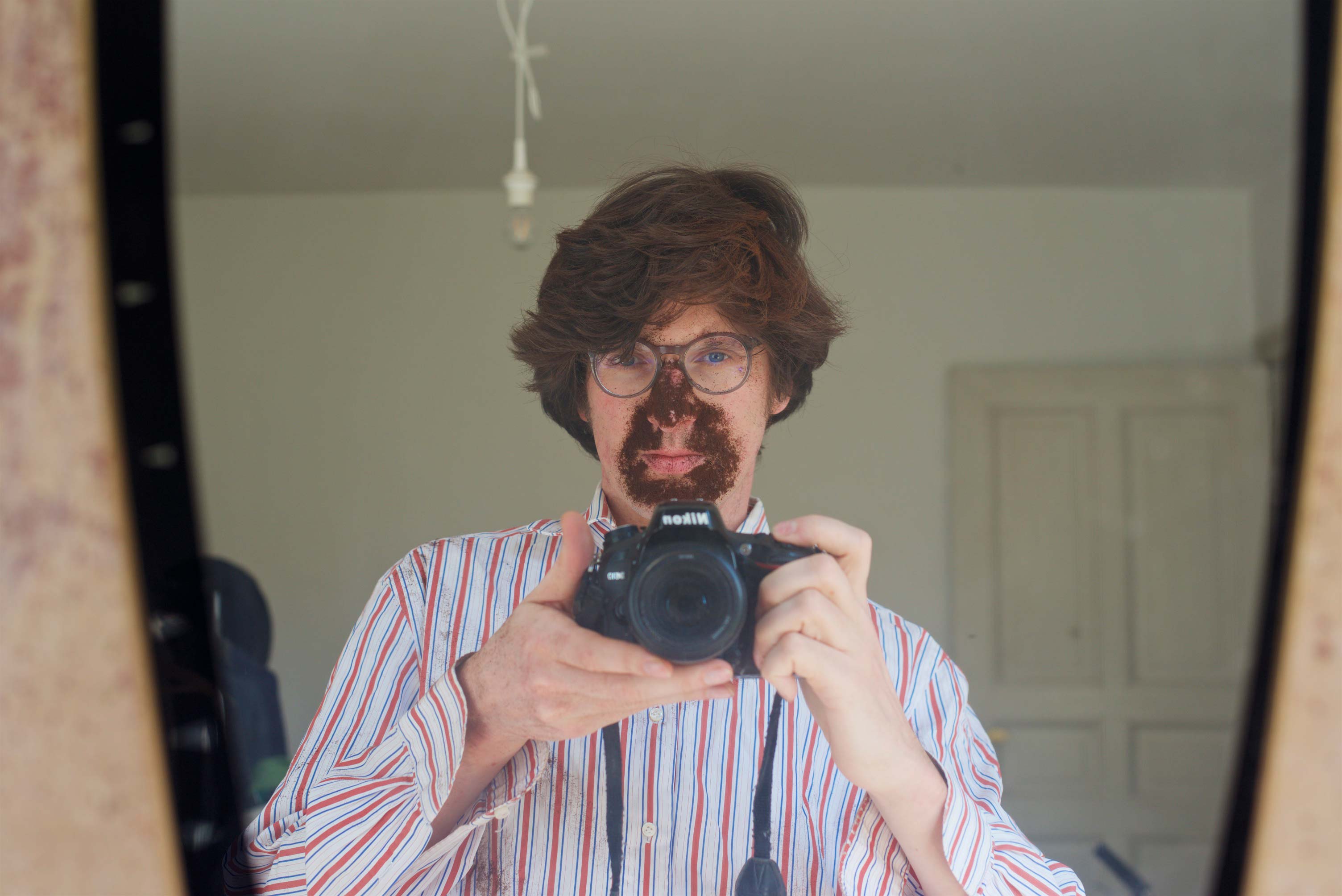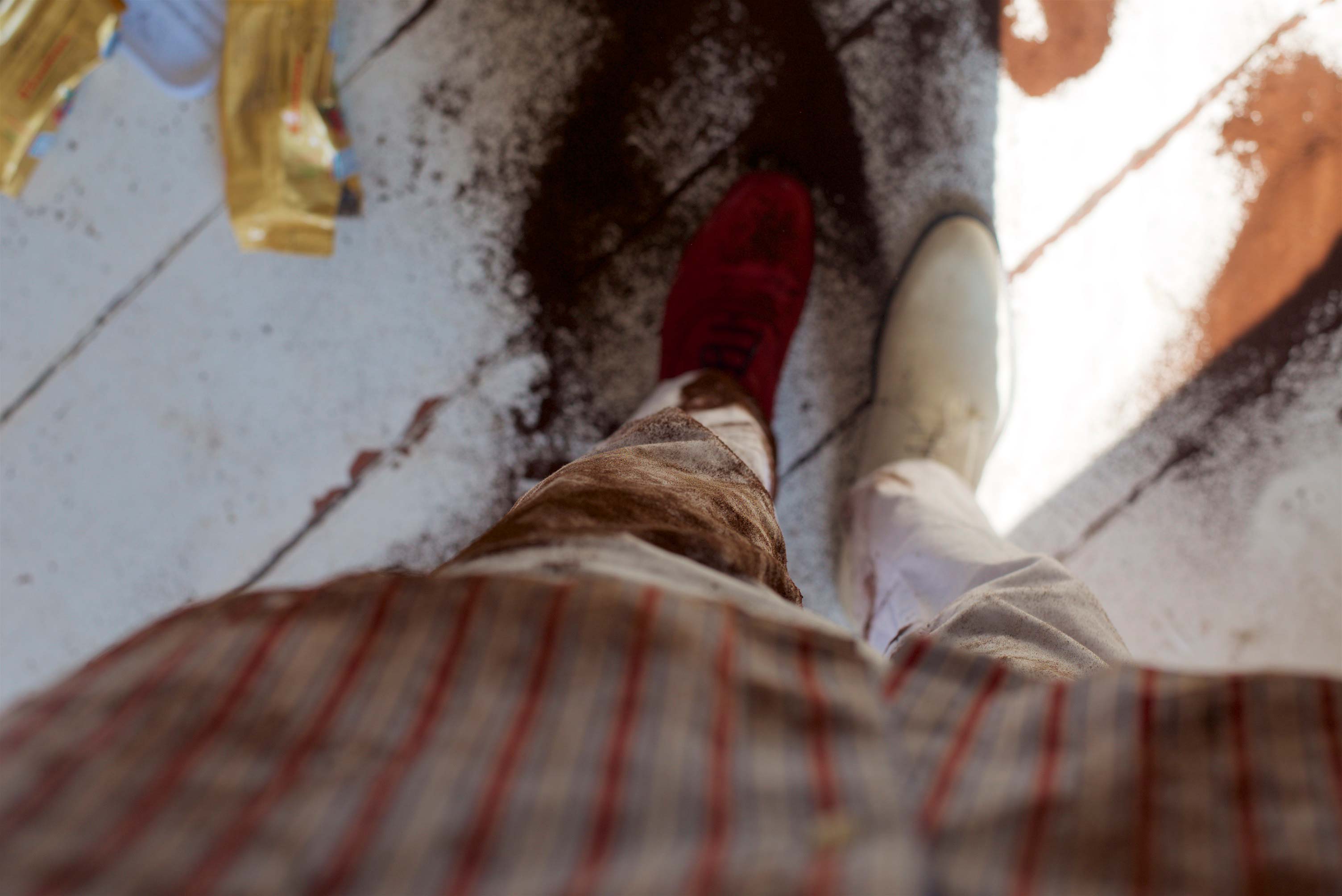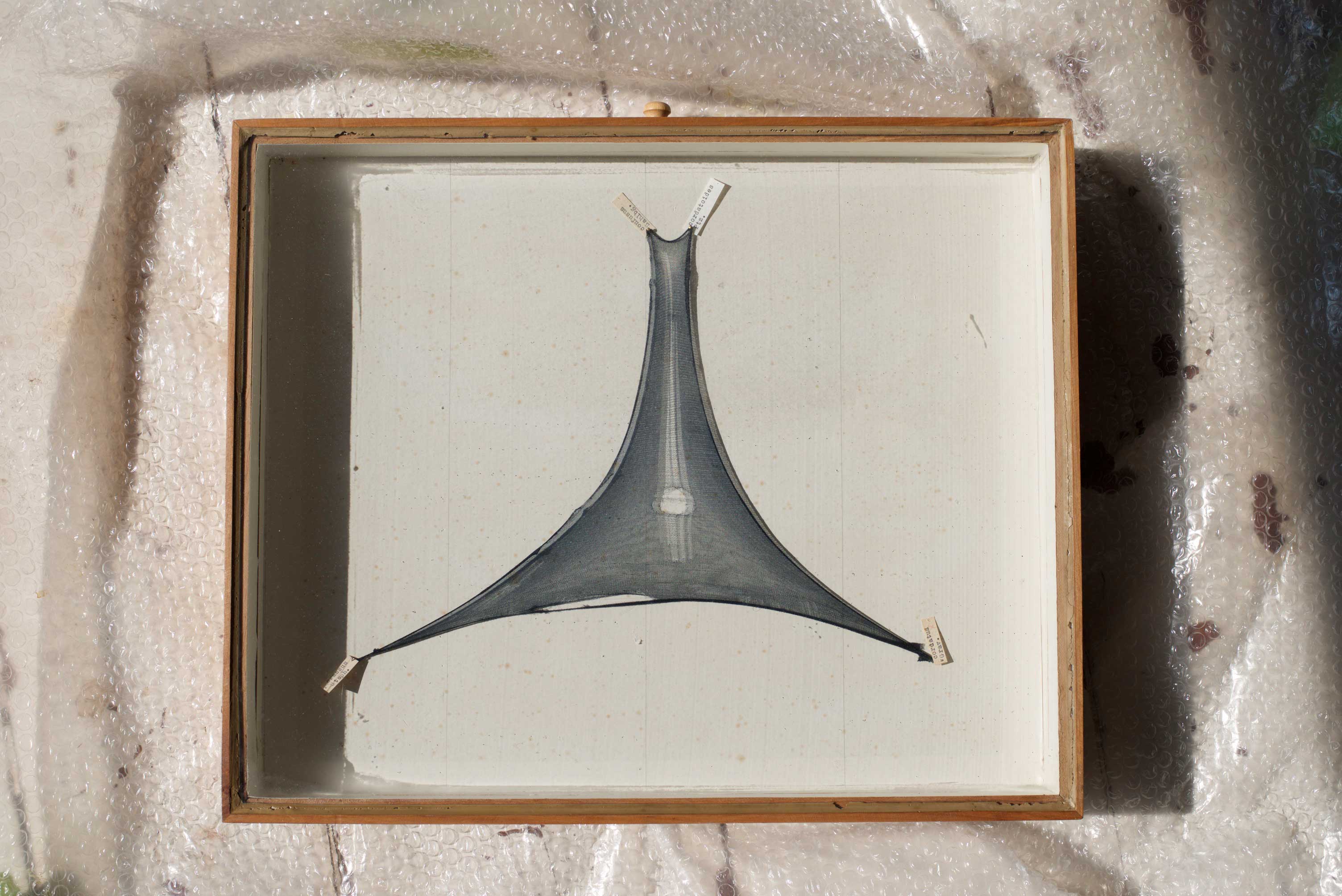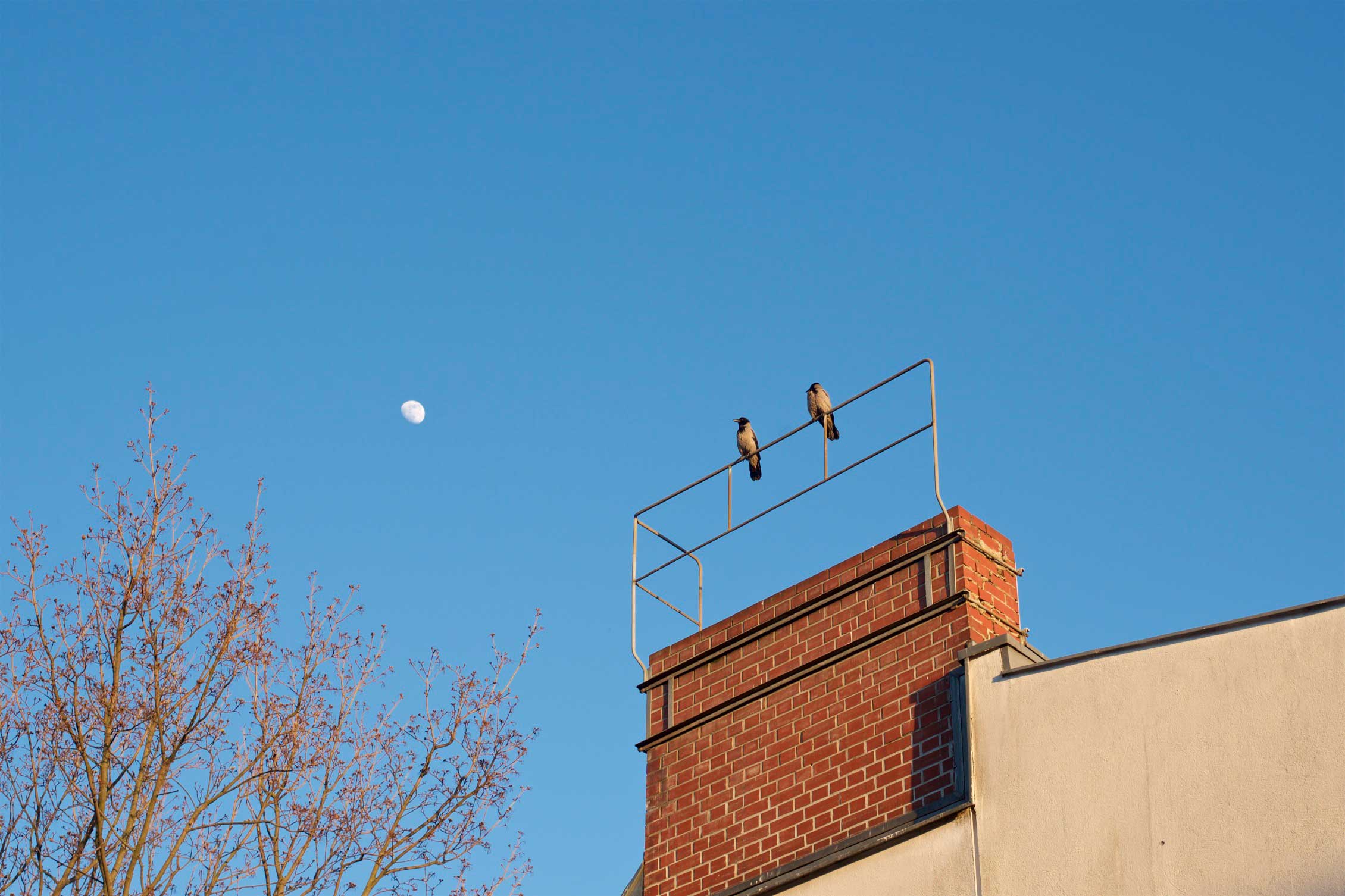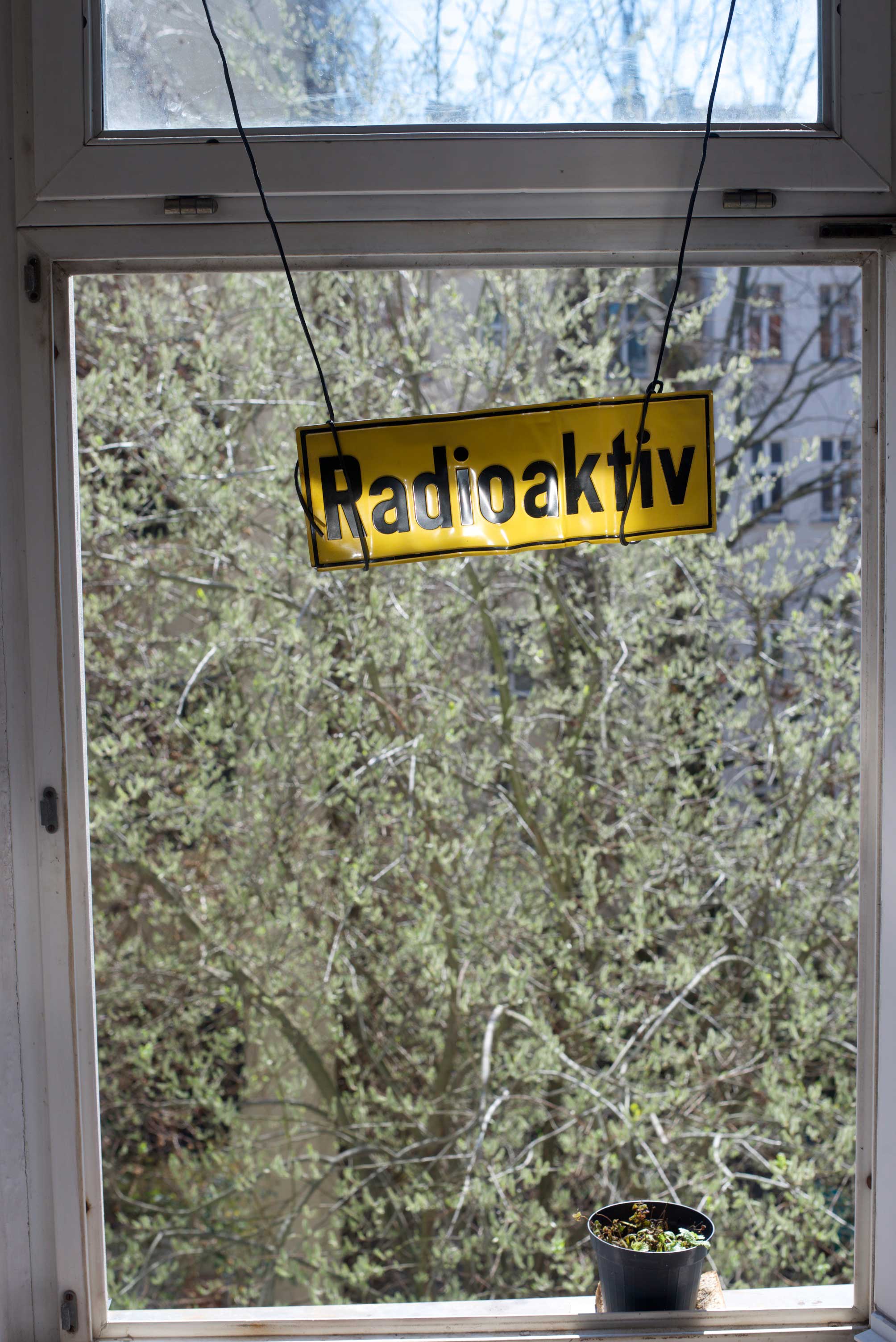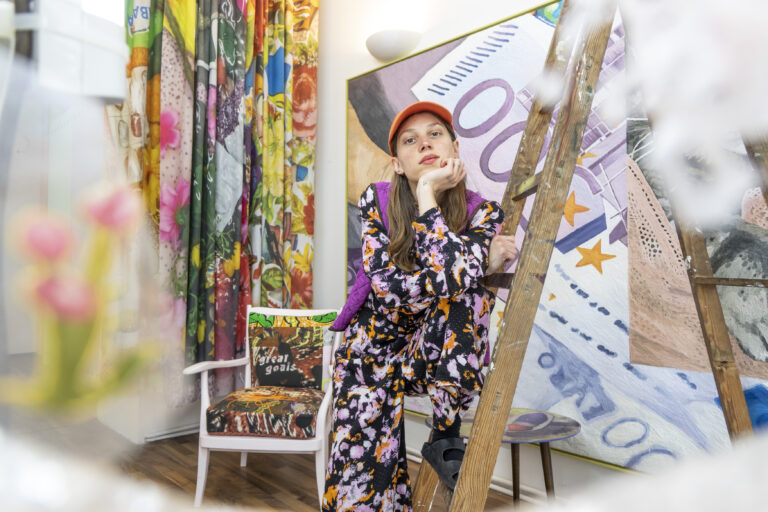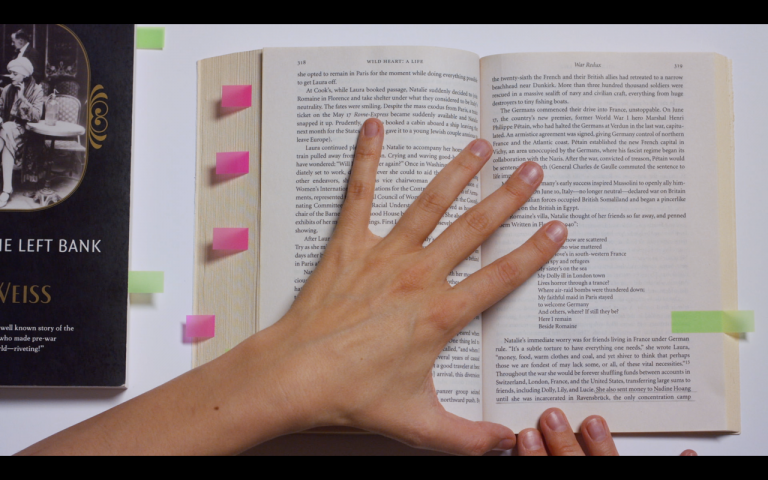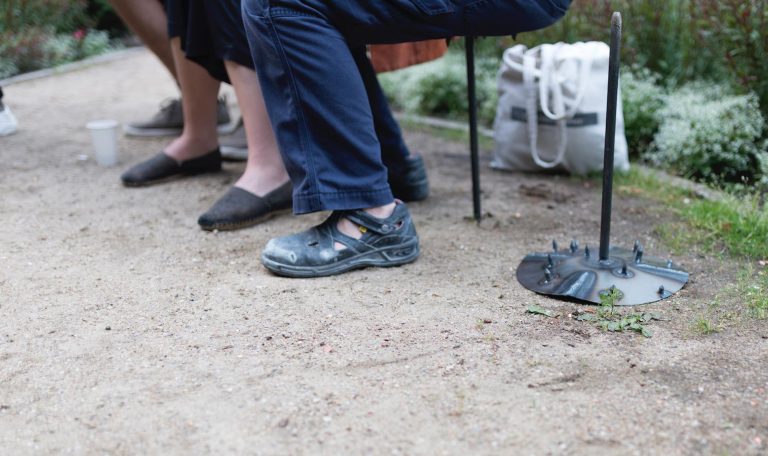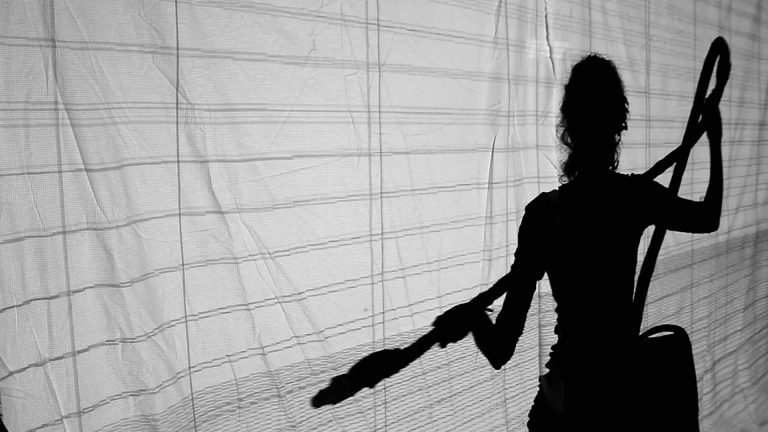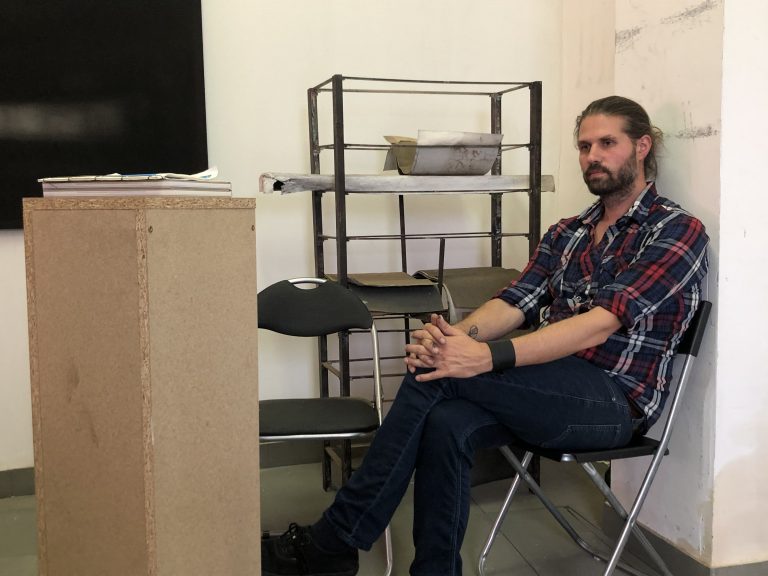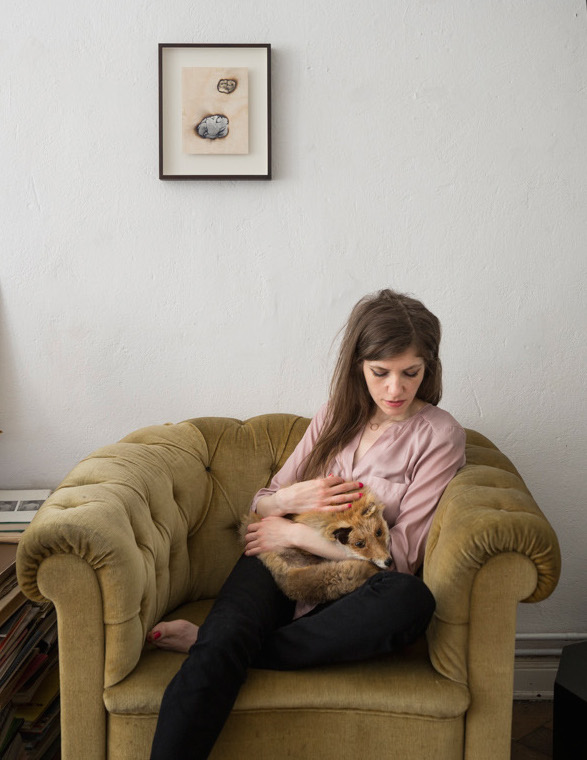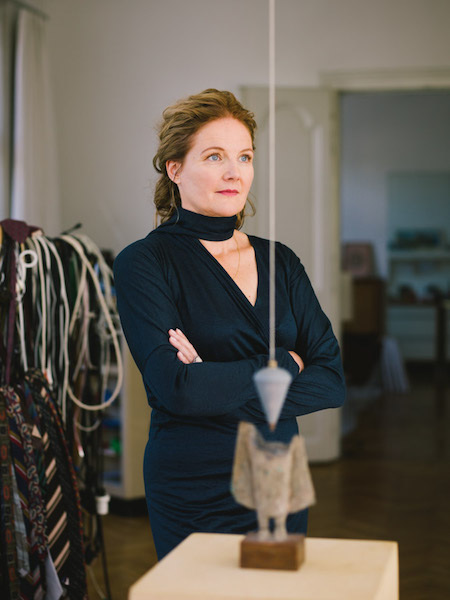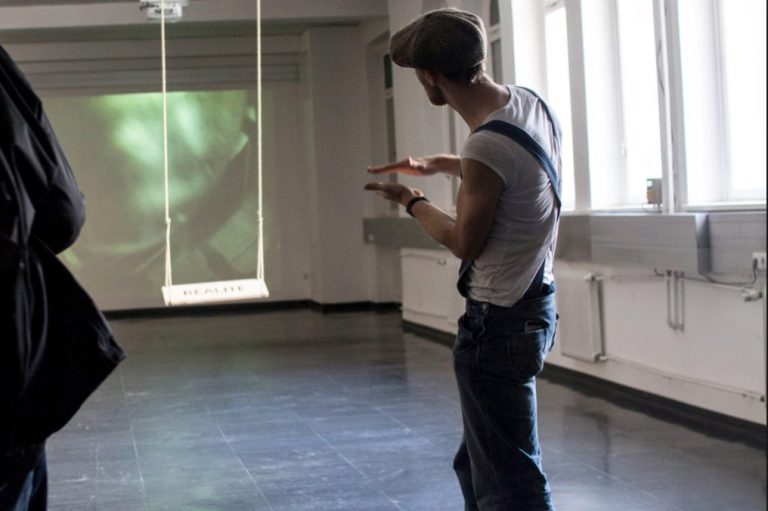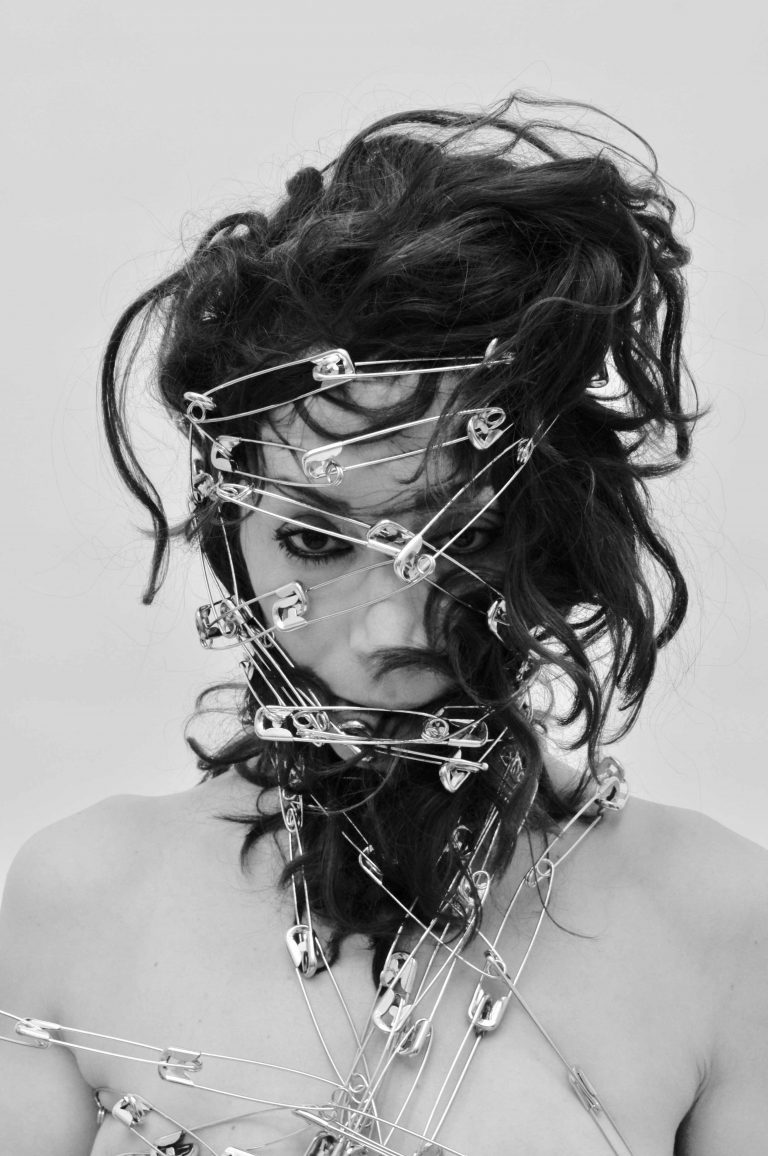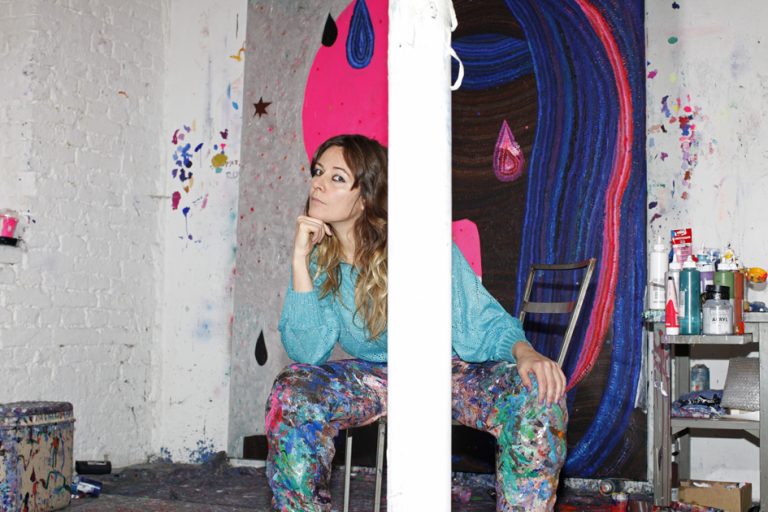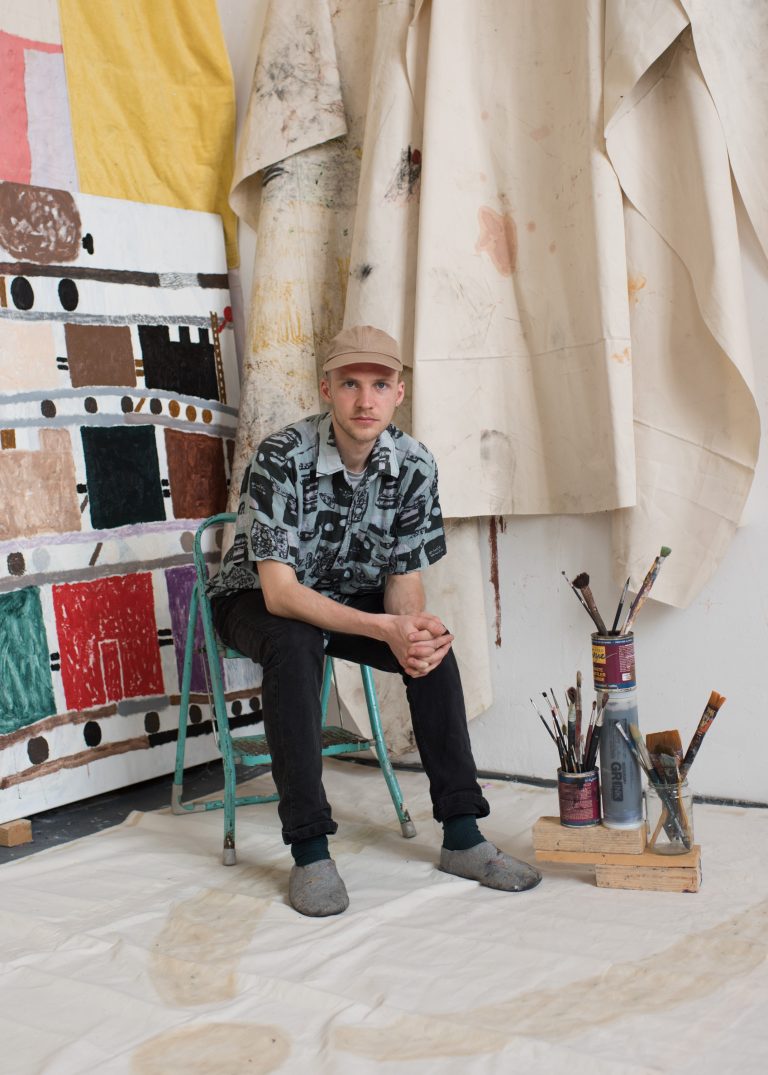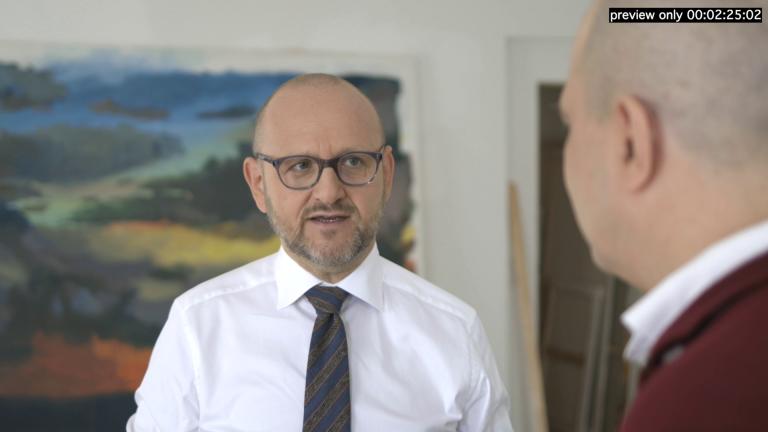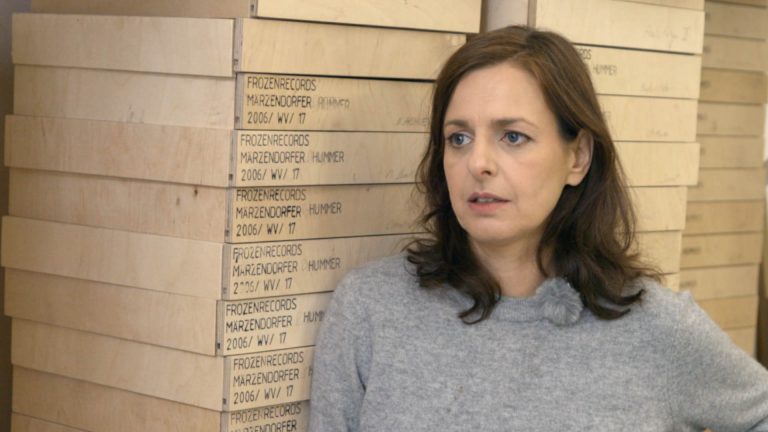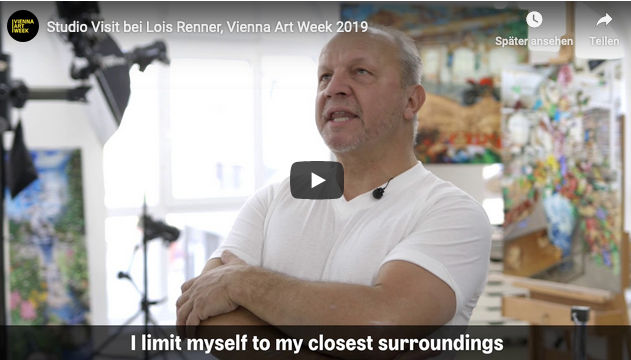Stefan Draschan
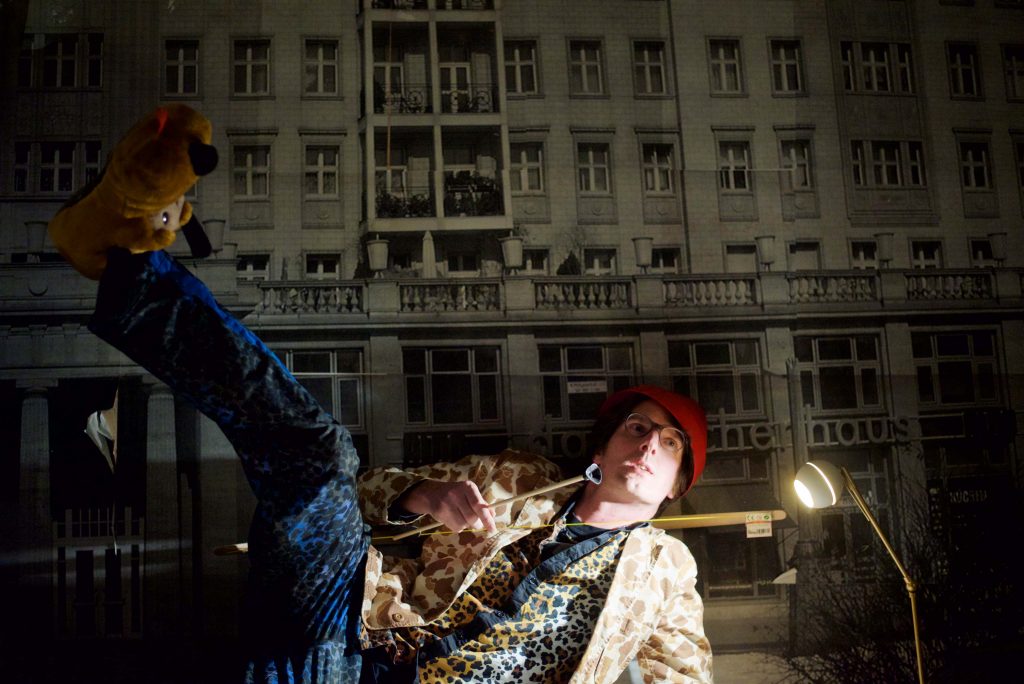
XXX-Captionprimeraimagen
Stefan Draschan’s photographs are a big hit in the social networks. Particularly well known are his photos showing people in front of works of art, who unknowingly have a – often exhilarating – visual connection with them.
Stefan, please describe what makes your photographs so special.
Stefan Draschan: If necessary, I can talk for hours at Artist Talks about my and other’s photography, because I love it passionately. If I am asked about my photography in general, I refer to the art historian Wolfgang Ullrich, who writes in my book “Zufälle im Museum” (Coincidences in the Museum) (Hatje Cantz Verlag), among other things: “His photos rather show constellations of artworks and people, which remind us of the principle of counterparts: two things are related to each other, which is characterized by a good, unusual mixture of similarities and differences. (…) Paintings appear more dramatic and refined, sculptures more weighty and virtuoso, when Draschan photographs the artwork at the moment when one or more people approach it, who have a motif or stylistic idiosyncrasy that varies. So you could also say that Draschan is a curator with means of photography.”
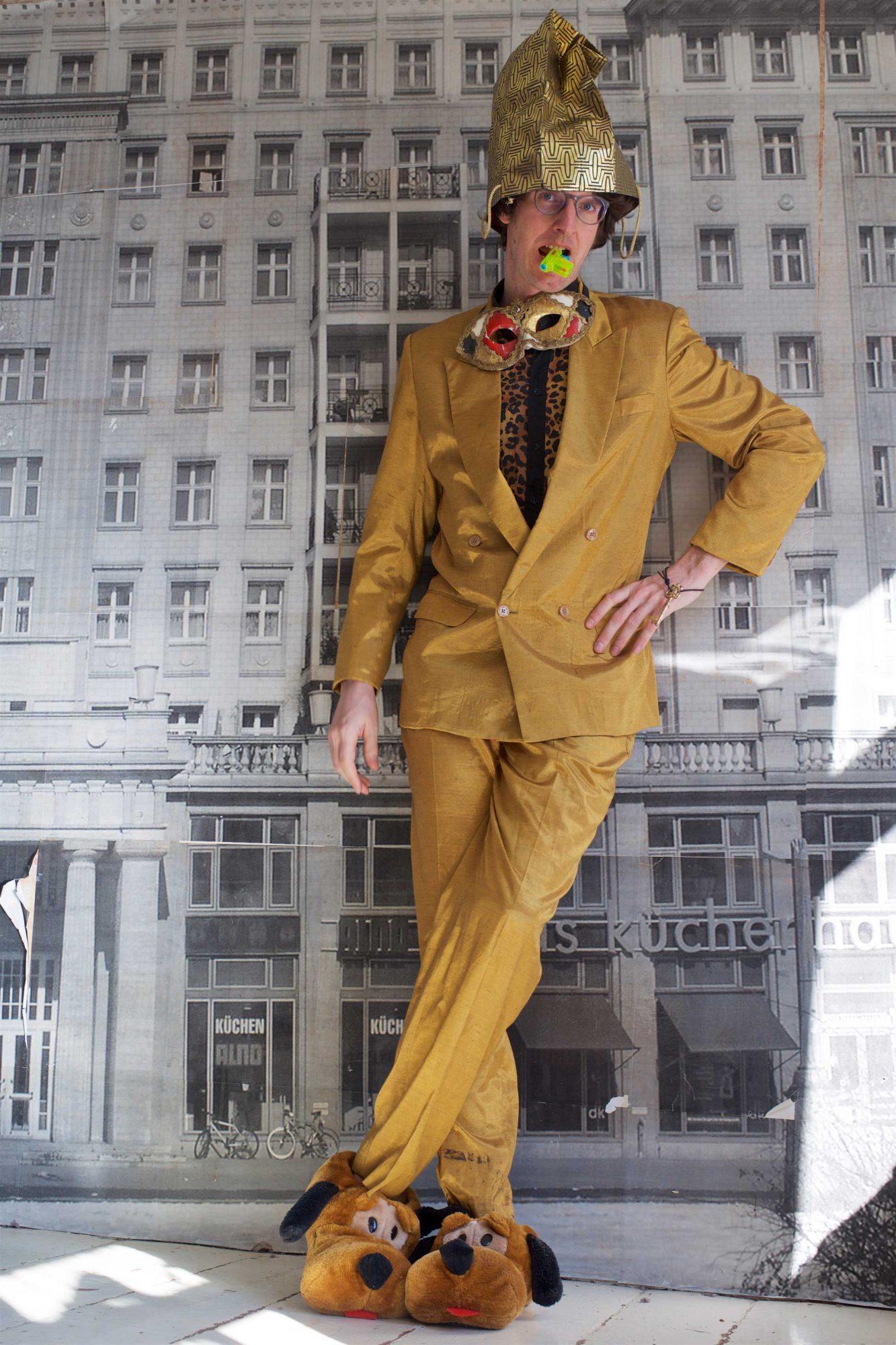
What is special about the way you work?
Stefan Draschan: The time span: I can wait an eternity and then it’s a matter of a quarter of a second. And the amount of output is remarkable: I took 1,200 photos for “People Matching Artworks”, not all of which are crazy, of course.
What are you working on currently?
Stefan Draschan: For me, working is relative, a lot goes on in my head: I save all sorts of things and then it takes time to put the puzzle together. Either I have a picture in my head first or I even dream it and then I have to look at the reality or assess the chances. Sometimes it takes years until the second photo is taken and something becomes a series.
Since the appearance of Corona I have published ten different new series, for which I never had time and muse before: “People looking videos in exhibitions”, “(Almost) empty museums”, “Strassenstricher”, “Computer graveyard”, “People arguing with artworks”, “Women holding their neck while looking on …”, “Museums of water ingress / plastic buckets / waterdrops”, “People’s clothes matching seats in museums”, “Drug license plates”, “People sleeping in libraries”. All ten are published as Facebook albums for now, several on Instagram. I will put them on my website or on www.tumblr.com in the course of time.
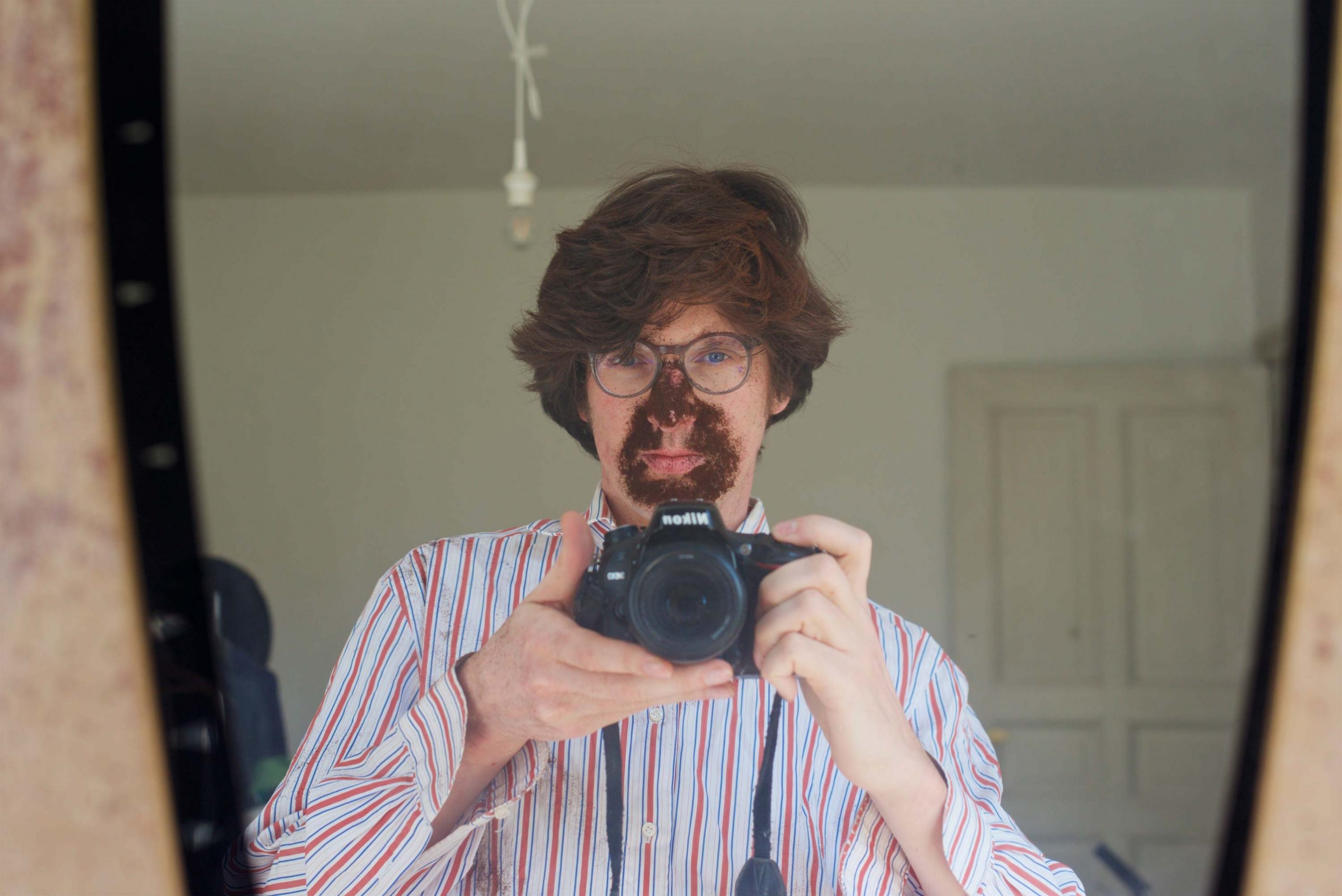
Stefan, what can we look forward to next?
I’m currently thinking about making boxes of memorabilia in the style of Joseph Cornell: a Capri box and a Gmunden box full of small souvenirs I have from there.
Do you have a personal work ritual that you like to follow?
Yes, normally I visit a museum every two days. Now, during the Corona pandemic, of course, I don’t go. As long as there is still a risk of infection, I will reduce my museum visits to give space to other visitors. I recently read that the Barberini Museum in Potsdam is currently only allowes one third of the usual number of visitors to visit.
What is especially important to you about your studio?
Since my studio is the city I am in, or rather life per se (I almost always take pictures and always have my camera with me), many elements come together here. In the city of my dreams – or rather my world studio – after an espresso, a Babà and raving about the sea breeze in Mergellina, I would now take a funicular trip to Capri. I would then swim in the sea, get out in Nice, eat fried mussels (moules frites) and oysters (huitres), and then ride the wheel of arms along the Seine from Place de la Republique Éclair à la pistache, where I would have to choose between the Musée d’Orsay or the Louvre. Afterwards, I enjoy some amazingly cheap and fantastic couscous legumes at Chez Omar in the Rue de Bretagne. In the evenings – oh, I’m old – because now I’m thinking of a calm evening on one of the car-free piazzas in Florence and the reflections of light in the Arno and all that with my girlfriend rather than of wild club nights on the hills of Acapulco or the Lagoa Rio des Janeiros.
How do you start a new work?
With the photos I just start in the making, but you have to become “ready” by practicing and be able to recall what you have learned. After, I group the works. With the collages and boxes I first have to pull myself together and then try different things, think again, change something, reject it …
How or where do you find inspiration for your work?
Almost everywhere: in Berlin, for example, I’m sure that after cycling around for a year and a half I’ve discovered my favourite spots in Berlin-Mitte where puddles are forming after it rains. When I looked at the water reflections from all sides, I always met people who asked me what I was doing there (nowadays not as often, since it is raining less than 5 years ago).
